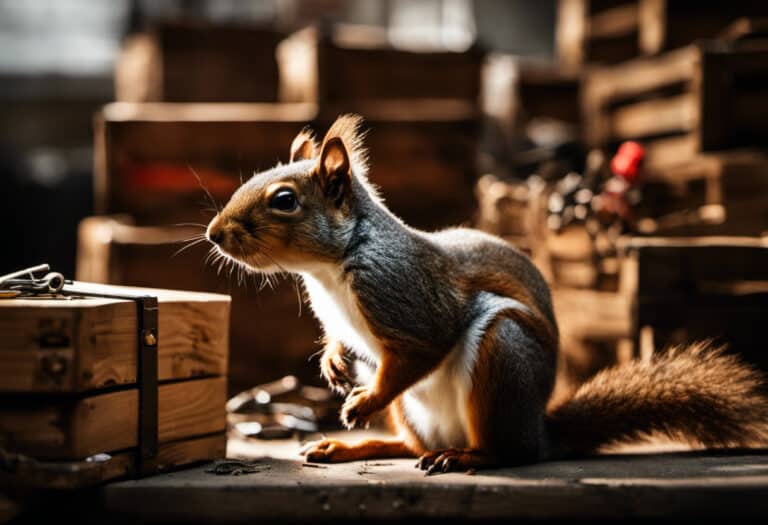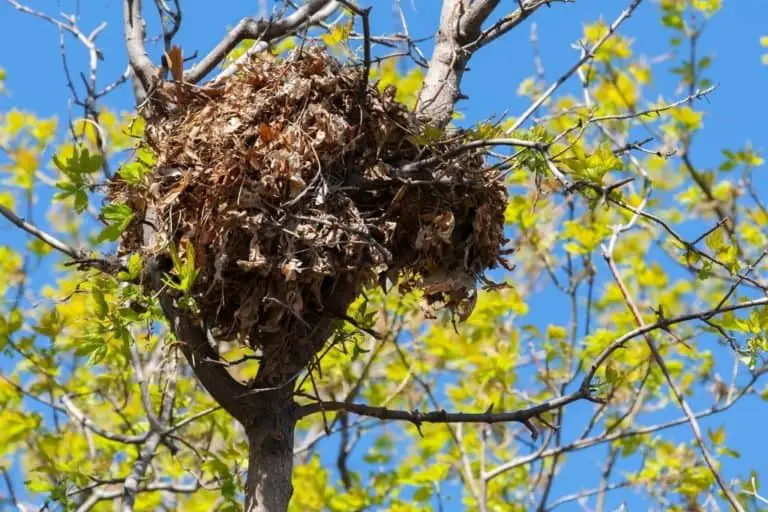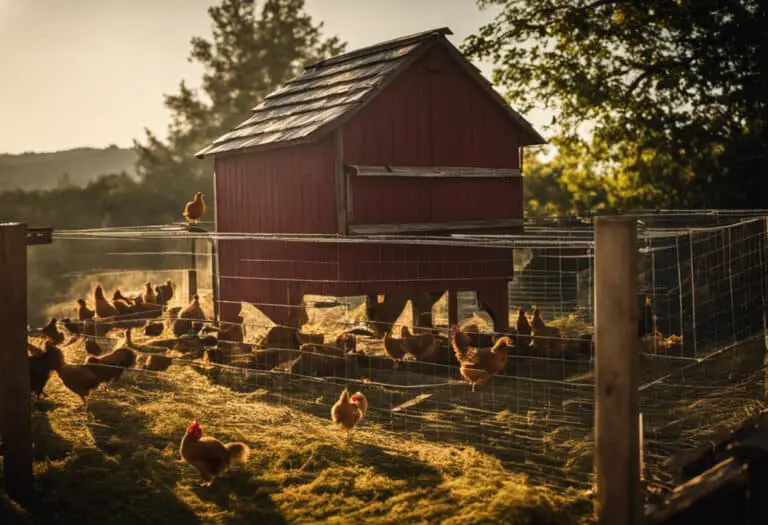Can Squirrels survive a fall?
Have you ever wondered if squirrels could survive a fall?
Have you seen them fall from great heights only to run off and seem unharmed afterward?
Well, the good news is that squirrels are pretty resilient regarding falls!
This blog post will explore the tremendous physical and anatomical traits that enable squirrels to survive falls from high distances.
You’ll learn about the physics of falling and how squirrels use their balance and agility to their advantage.
We’ll also debunk the myth of the 200-foot fall and explain some safety measures you can take when dealing with falling squirrels.
First, let’s look at the anatomy and characteristics of squirrels that enable them to survive falls.
Can Squirrels Survive a Fall?
It depends on the height. Squirrels can survive a fall due to their large area/mass ratio, which allows them to have a low terminal velocity. This means they can withstand impact forces of up to 100 feet, depending on the circumstances. They also have physical characteristics that help them survive falls from great heights with minimal damage.
Squirrel Anatomy
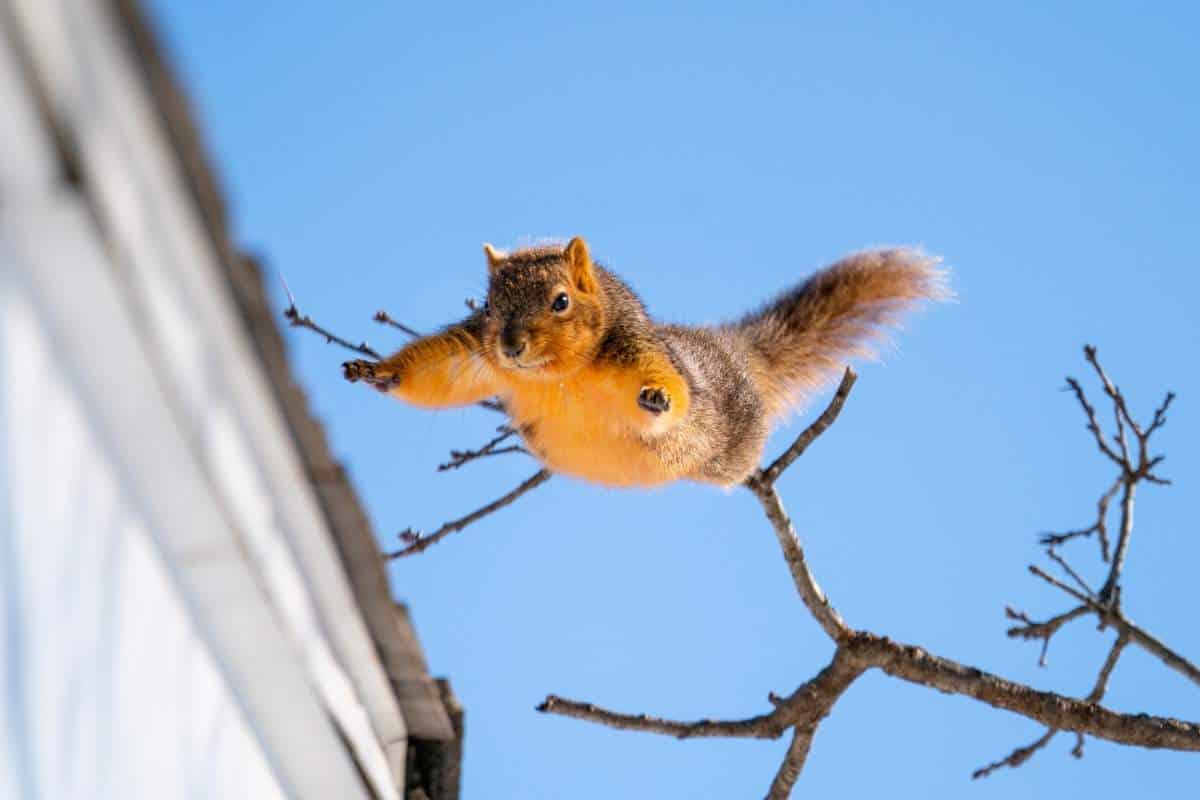
You may be surprised to learn that squirrels have a unique anatomy that helps them survive falls from considerable heights.
Their bodies are designed for agility and balance, allowing them to move quickly and accurately in trees.
They have a long tail that acts as a rudder to help them steer in the air, and their hind legs are strong enough to absorb the impact of a fall.
However, even at heights of 100 feet, they can still be susceptible to injury.
The Physics of Falling
When it comes to an understanding of how squirrels can survive a fall, the physics of falling is an essential factor.
The force of gravity pulls objects down, but if the thing is too light, it will not reach a high enough velocity to cause severe injury or death.
This is why squirrels have a low terminal rate compared to other animals. This means that their terminal velocity is relatively low, and squirrels can survive the impacts of that velocity.
Furthermore, squirrels reach the terminal velocity in just three seconds of free fall, which helps them stay by giving them enough time to curl up for impact.
All of these factors work together to allow squirrels to survive falls that would otherwise be deadly.
Terminal Velocities
Terminal velocity is an important concept when it comes to an understanding how squirrels can survive a fall.
Terminal velocity is the fastest an object will ever fall, no matter what height it is dropped from.
The squirrels’ light fur helps them reach their terminal velocity in the first three seconds of free fall, allowing them to survive the impact.
This low terminal velocity is much lower than other animals and helps them to slow down quickly as they fall.
Therefore, it’s essential to understand terminal velocity and its physics to understand why squirrels can survive a fall.
How far can a squirrel fall without dying?
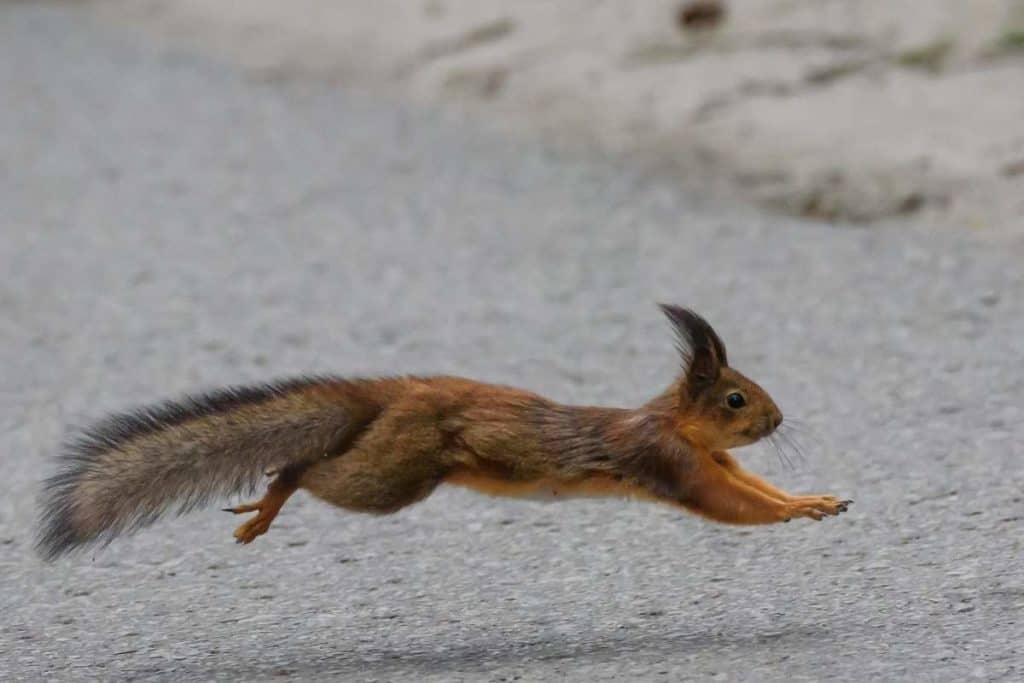
- It depends on the height and other factors, like landing on solid surfaces.
- For example, squirrels can fall from 100 feet onto concrete and survive.
- But they will most likely die if they fall from around 200 feet.
How high can squirrels jump?
The Eastern gray squirrel, the most common squirrel in the United States, can jump up to four feet in the vertical direction.
How Squirrels Survive a Fall
You might wonder how squirrels can survive falls from such great heights. The answer lies in their anatomy and the physics of falling.
Squirrels have a large surface area to mass ratio, which means that gravity does not pull on them with too much force.
This means they can reach terminal velocities more quickly than other animals and spread the point of impact across their entire body.
Additionally, squirrels have good balance and agility, allowing them to quickly adjust their positions in midair and land in a safe position.
Furthermore, they can curl up into a ball when they are about to hit the ground, which helps to reduce the force of impact.
All these factors combine to make squirrels incredibly well-adapted for surviving falls from high distances.
Squirrel Balance and Agility
Squirrels are incredibly agile creatures, able to deftly hug porous surfaces close enough to keep from sliding down or falling due to gravity.
They have incredible balance and coordination that allows them to remain upright even when traveling through the air. This is one of the primary reasons they can survive falls from heights up to 100 feet.
They can also use their tail as a rudder to steer themselves in midair and adjust their position to reduce the impact of the fall when they reach the ground.
In addition, their small size helps them to minimize the amount of force created when they hit the ground, allowing them to survive falls that would otherwise be fatal.
Curling up for Impact
You may have heard the myth that squirrels can survive falls from any height, but what is the truth?
One factor contributing to their survivability is their ability to curl up into a tight ball when falling.
This act helps reduce the force they experience upon impact with the ground, as their body is protected by their soft fur and flexible bodies.
This also helps to reduce the air resistance they experience during the fall, allowing them to reach terminal velocity more quickly.
As a result, the squirrel has a better chance of surviving a fall and suffering only minor injuries.
The 200-Foot Fall Myth
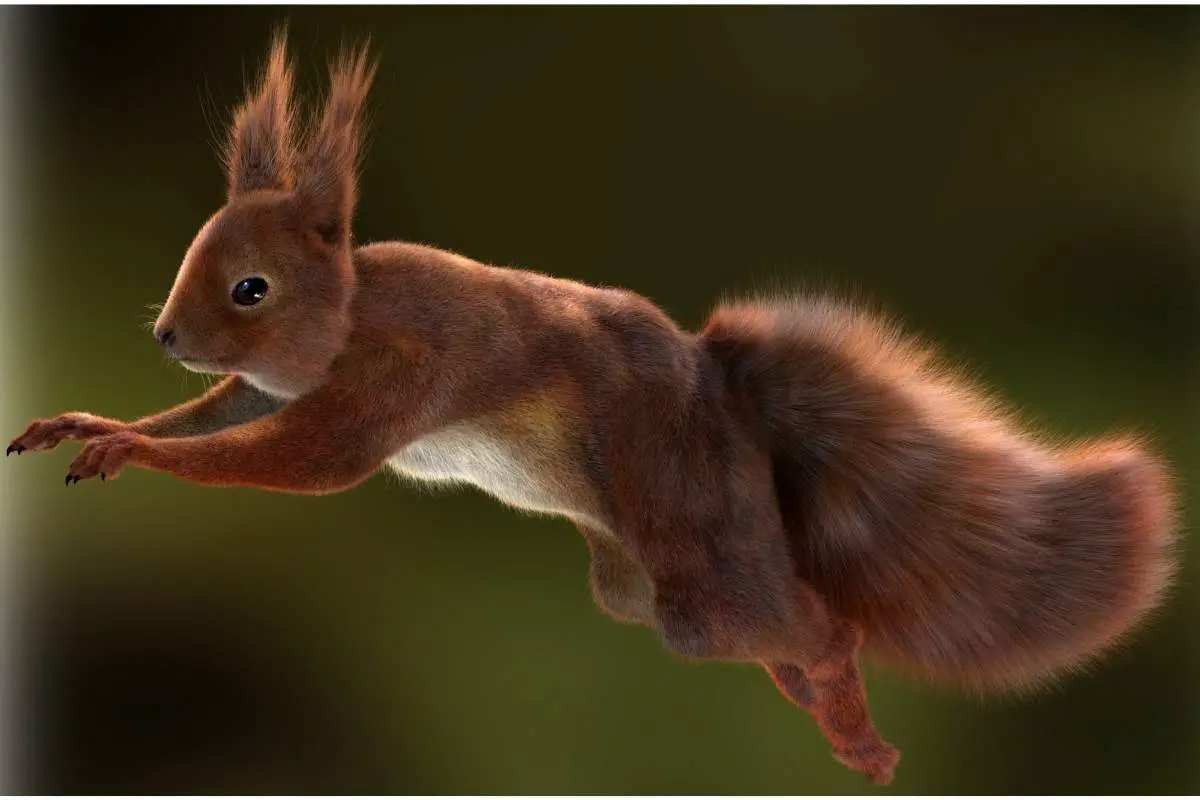
You may have heard the myth that a squirrel can survive a fall from 200 feet, but this is just an urban legend.
This myth has been debunked by many engineers, who explain that the terminal velocity of a squirrel is relatively low, making it impossible for them to survive a fall from such a great height.
However, squirrels possess specific physical attributes that help them stay fall from much greater heights than the average human.
They can curl up into a ball when they land, protecting their vital organs and allowing them to absorb the impact of their fall.
Additionally, their small size means they have less mass and, therefore, less momentum, which also helps reduce the fall’s severity.
Conclusion
In conclusion, it is clear that squirrels are built to survive falls from trees and other high places.
Their anatomy, agility, and balance enable them to curl up and take impact, helping them endure any drop from a great height.
Of course, it is still essential to practice safety measures as a precautionary measure for both humans and squirrels.
While the 200-foot fall myth is false, squirrels are unlikely to die from a fall of any height; they must be aware of their presence to prevent any potential accidents or injuries.
Does gravity affect all animals in the same way?
No, the resistance of the ground also plays a massive role in how an animal falls.
For example, when a squirrel falls onto grass, its momentum is not altered by the objects it encounters. It will continue to roll until it stops or hits another thing, which can cause injury.
Falling on concrete, however, is a different matter entirely. The squirrel’s vicious momentum will be absorbed by the hard surface it hits, causing it to stop abruptly. This has the potential to cause severe injury or even kill the animal.
The acceleration due to gravity is assumed constant for all free-falling objects near the surface of Earth.
Animals are no different, but the ground does provide resistance.
